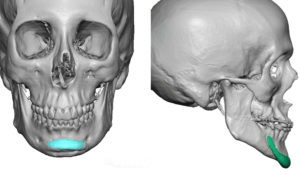
There is merit, therefore, in reviewing the most common types of chin deficiencies and how to avoid choosing the wrong chin augmentation procedure.
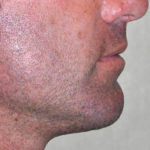
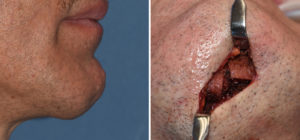
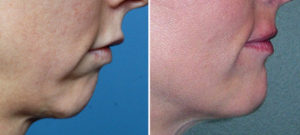

Dr. Barry Eppley
Indianapolis, Indiana
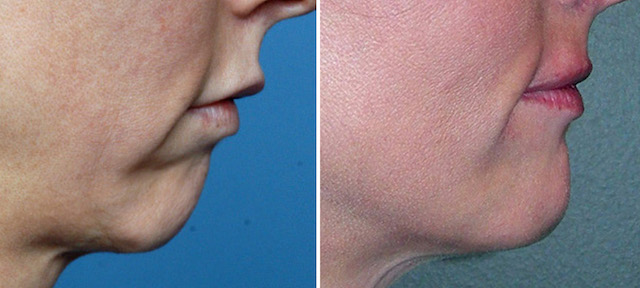
 Clinical Outcomes in Rib Removal Surgery for Waistline Reduction
Clinical Outcomes in Rib Removal Surgery for Waistline Reduction
Rib removal surgery represents the elimination of the last anatomic...
 The Surgical Technique of Clavicular Osteotomies in Shoulder Width Reduction
The Surgical Technique of Clavicular Osteotomies in Shoulder Width Reduction
Shoulder width reduction is done by shortening the length of the...
The shape and appearance of the forehead is highly influenced by...
Background: The evolution of rhinoplasty surgery over the past twenty years...

There is merit, therefore, in reviewing the most common types of chin deficiencies and how to avoid choosing the wrong chin augmentation procedure.




Dr. Barry Eppley
Indianapolis, Indiana
 Clinical Outcomes in Rib Removal Surgery for Waistline Reduction
Clinical Outcomes in Rib Removal Surgery for Waistline Reduction
Rib removal surgery represents the elimination of the last anatomic...
 The Surgical Technique of Clavicular Osteotomies in Shoulder Width Reduction
The Surgical Technique of Clavicular Osteotomies in Shoulder Width Reduction
Shoulder width reduction is done by shortening the length of the...
The shape and appearance of the forehead is highly influenced by...
Background: The evolution of rhinoplasty surgery over the past twenty years...